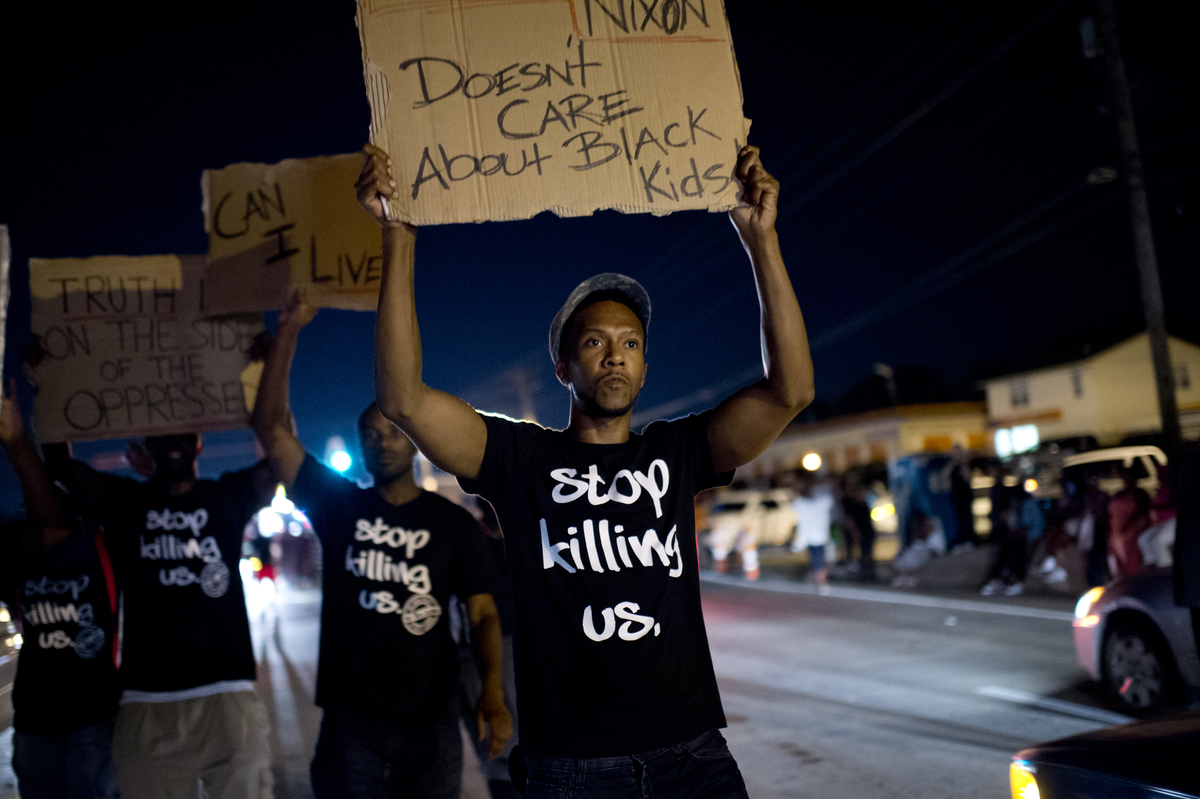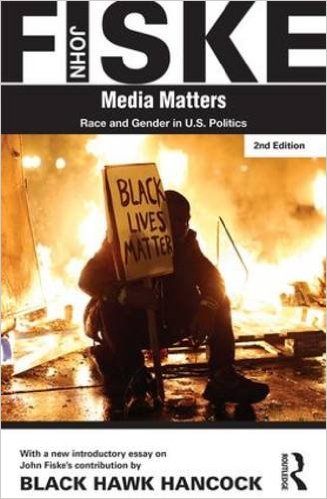What Fans Need to Know about Transformative Use: A Conversation with Rebecca Tushnet (Part One)
/Seeking more insights into the legal implications of the Star Trek fan film guidelines, I sought out Georgetown Law Professor Rebecca Tushnet, who has extensively studied the legal implications of fan culture. The following is edited down from a larger exchange. I’m a professor of law at Georgetown and a fan of Star Trek since I first saw reruns in the late 1970s, as a child. My first experience of organized fandom came from reading Star Trek Lives! by Jacqueline Lichtenberg, Sondra Marshak and Joan Winston, and my first fan fiction was from a Star Trek zine. My fandom drove me, in law school, to start researching whether fan fiction was legal—diverting me from what I expected to be a career in reproductive rights to a very different kind of reproduction-with-a-difference. I helped found the Organization for Transformative Works, and still serve on its legal committee. You can read the OTW’s post about the new Star Trek fan film guidelines, which points out that Paramount/CBS don’t have the right to bar fair uses; I’m going to offer some more general thoughts about the current legal status of transformative works.
Under U.S. law, whether a fanwork is fair use depends on four factors—(1) the purpose of the use, (2) the nature of the original work, (3) the amount of the original work used, and (4) the effect of the use on the market for the original or its licensed derivatives. Factor (1), the purpose of the use, is often the most important. The more new meaning and message is in the new work, the more “transformative” it is likely to be, and fair use favors transformative uses. Factor (1) also considers whether the use is commercial. Unfortunately for fan filmmakers, courts have had very little occasion to consider what “commercial” means here. It really shouldn’t mean that the creators paid for the inputs to their works, such as the sets or actors; courts haven’t in the past found works commercial because creators paid for the paper on which they were printed or the computers on which they were composed. However, the status of things such as Kickstarter campaigns, or the idea that covering production costs but seeking no profit might be acceptable, are simply untested in the courts. Fan films are clearly not “commercial” in the sense of being ads for separate products, but copyright law has historically had a far more expansive idea of what’s “commercial” than just ads. Thus, where there are Kickstarter campaigns or the like, transformativeness is likely to play a vital role in determining fair use: the more “commercial” a fanwork is, the more transformative and even critical it is likely to need to be.
Factors (2) and (3) turn out to be unimportant in most cases of transformative use. Nature of the original work: Although the Star Trek works are fictional (rather than factual, like an encyclopedia) and thus get “thicker” copyright protection than highly factual works, transformative uses are usually about fictional works, so that isn’t usually important. The Star Trek works have also been published for a very long time, and have had many chances to earn a return already, which can favor a finding of fair use. Amount used: The more of the original is used, the more likely it is to be nontransformative; conversely, transformative uses are likely to need only parts of the original in order to launch their new meanings or messages. Again, courts don’t have a lot of experience figuring out how “much” of a fictional universe has been copied; they are likely to ask whether the amount taken in a fanwork is reasonable in light of the fanwork’s purpose.
Factor (4), the effect of the use on the market, has tricky interactions with factor (1). Courts have said that transformative uses are unlikely to affect markets in which the copyright owner has legitimate rights. (The copyright owner can’t create an effect on the market by saying “I am willing to license critical commentary, parodies, or other transformative uses as long as you pay me, and therefore your transformative use still harms me financially.”) So, in transformative use cases, the result on factor (4) often depends on the result in factor (1). But courts might also ask questions like: is this fanwork likely to substitute for purchases of authorized works? If this fanwork is more an extension of the Star Trek universe than a critical reflection on some component of it, such as IDIC or the portrayal of Klingons or sexuality (especially in ST:TOS), then is it enough like something that Paramount/CBS would authorize that copyright law should give them rights over this type of work?
A generation of experience shows that Star Trek fanworks promote the market for the original, and even sustained the franchise through many dry years and perhaps ill-advised versions. Thus, the “substitution” argument hasn’t been supported by actual experience. But the more normative question—is this just the kind of thing that the copyright owner should be able to control, even if it’s not costing the copyright owner money?—remains very much a live issue.
Even some fan filmmakers and fan advocates have argued that Axanar went too far both in terms of its use of original copyrighted materials and in terms of business practices, which raised massive amounts of money, without real evidence of accountability or signs of progress towards a completed production. Some of us worry that if the Axanar case had moved forward, it would have been a very bad test case for defining the limits of fair use protections of fan culture. Would some of the commercial dimensions of this project have undercut some of its claims to constitute transformative use of copyrighted materials? Many fan projects are clearly labors of love, with little or no chance of making any return on the energies and resources invested in their production. It is hard to describe Axanar in those terms, given that the producers clearly see the film as paving the way for new models of commercial film production, and this is why the case created such a crisis in terms of how the studios think about the amateur status of fan filmmaking.
I should start by foregrounding something that law students often find quite frustrating: For many legal questions, the absolute best answer is, “It depends.” Many fair use questions are easy. Some are not. I haven’t reviewed the Axanar script; I have no opinions about how transformative it is. If it is highly transformative, it is likely to be a fair use no matter how commercial it is. Unsurprisingly, most of the litigated fair use cases—including many significant victories—involve for-profit uses, because those are the defendants who are more likely to be able to afford a defense. However, questions about commerciality are difficult, and the law doesn’t necessarily have the right categories for what people do today.
If people are paying for copies of/access to the challenged use, then I would expect any court to find the use to be commercial, regardless of whether the recipient started a new company with the income, put it in the bank, or set the cash on fire. One problem created by new forms of creator-audience interaction online is that, when we’re not talking about a money-for-copies transaction, binary labels don’t work as well. I personally think Kickstarter campaigns are on the commercial side of the commercial/noncommercial spectrum, but unfortunately very few fair use cases recognize that it is a spectrum.
By contrast, nonlegal discourse is much more able to accommodate the idea of being noncommercial-ish, enough to favor fairness. Many people are likely to think that fan websites that run Google Ads to offset hosting costs are very different from Axanar, and I agree that there are important differences. But copyright plaintiffs don’t think so: they think that ad-supported sites are exactly as “commercial” for purposes of disfavoring fair use as direct sales of books. “Offseting hosting costs” does mean “getting money,” and that’s pretty much what most courts have interpreted “commercial” to mean—it certainly doesn’t require turning a profit. Even Creative Commons has faced this difficulty—it turns out that people who use its “noncommercial” license have a wide range of opinions on what counts as noncommercial, although this divergence has generated few actual disputes.
All this variation is part of why I generally say that noncommerciality heavily favors fair use, while commerciality means that other factors, like transformativeness, will be more important. Compare Sony Corp. v. Universal City Studios, 464 U.S. 417, 449 (1984) (a presumption of fair use “is appropriate here … because the District Court’s findings plainly establish that time-shifting for private home use must be characterized as a noncommercial, nonprofit activity.”), with Campbell v. Acuff-Rose Music, Inc., 510 U.S. 569, 584 (1994) (“If, indeed, commerciality carried presumptive force against a finding of fairness, the presumption would swallow nearly all of the illustrative uses listed in the preamble paragraph of § 107, including news reporting, comment, criticism, teaching, scholarship, and research, since these activities ‘are generally conducted for profit in this country.’ Congress could not have intended such a rule ….’”) (citation omitted).
Rebecca Tushnet is a professor of law at Georgetown. Her work focuses on copyright, trademark, and false advertising law. She previously clerked for Associate Justice David Souter and worked in private practice. Her publications include “Worth a Thousand Words: The Images of Copyright Law” (Harvard L. Rev.); “Running the Gamut from A to B: Federal Trademark and False Advertising Law” (U. Penn. L. Rev.); and “Copy This Essay: How Fair Use Doctrine Harms Free Speech and How Copying Serves It” (Yale L.J.). She helped found the Organization for Transformative Works, a nonprofit dedicated to supporting and promoting fanworks.































